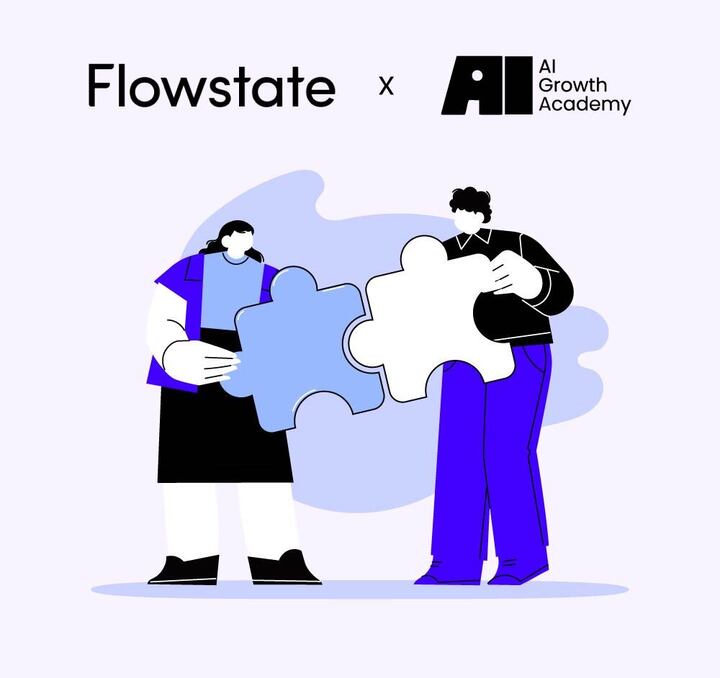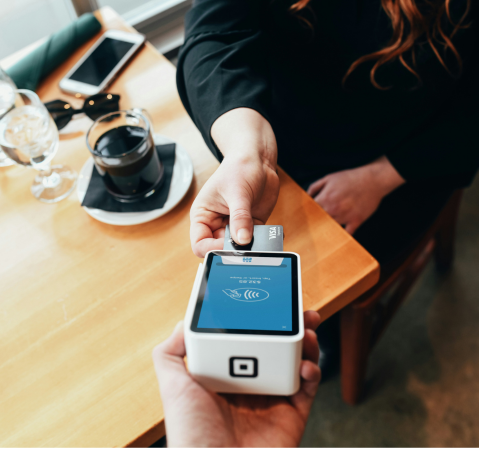
Email Marketing Content – Our Guide
With your key metrics established, you’re now ready to begin planning your content. So many brands get stuck producing their content reactively which makes it tough to produce thoughtful content.
Creating a marketing/events calendar is essential to proactive planning. Plotting out campaigns should happen weeks if not months in advance. Having this time ensures you’ll have all of the assets and time you need to build, test and make adjustments – without
having to scramble at the last minute!
These planning sessions are deep dives into the content as well. Here’s what we’re looking
at when we’re planning our content:
· Theme:
What’s the central message that all of your content will communicate?
· Email Topic:
Individual emails should have a focus like a new product, blog promotion, etc.
· Sequence:
Keep things organised by assigning a number to each email.
· Status:
Stay productive by assigning each email a status such as ‘Not Started’ or ‘Ready to Test’.
· Subject Line:
Start crafting enticing subject lines – the shorter the better, so remember to keep them to about 7words or 30 characters max!
· Preview Text:
Use this text to support your subject line using the same word/character count guidelines as the subjectline.
· Body Copy:
The body copy of you're mail should be short, sharp and concise – aim for one paragraph or about 3sentences.
· CTA link:
Where are you sending your customers?
· Send List:
Include the name of you're mail list that will be receiving this content.
· Suppression List:
Also include names oflists you don’t want to receive this content.
· Product Focus:
What product/service should be highlighted in this email?
· Artwork:
What imagery will bring this email to life? Include image specs.
· Deadlines:
Keep the campaign running smoothly by plotting appropriate deadlines.
· Email Link:
Once the emails have been created, provide a link to the drafts for the rest of the team to review.
· Results Tracking:
After the email has been sent, record its performance details so you can easily reference the metricsfor reporting.
· A/B Test Planning &Results:
If you are A/B testing your email, explain what you are testing and include a summary of the results.
Now it’s your turn. Here’s what you need to get to work:
Action points:
- Populate your marketing/events calendar with key events, product launches, holidays, etc.
- Download Email Campaign planner and start organising your campaigns
Resources for you:
• Email Campaign Planner template









